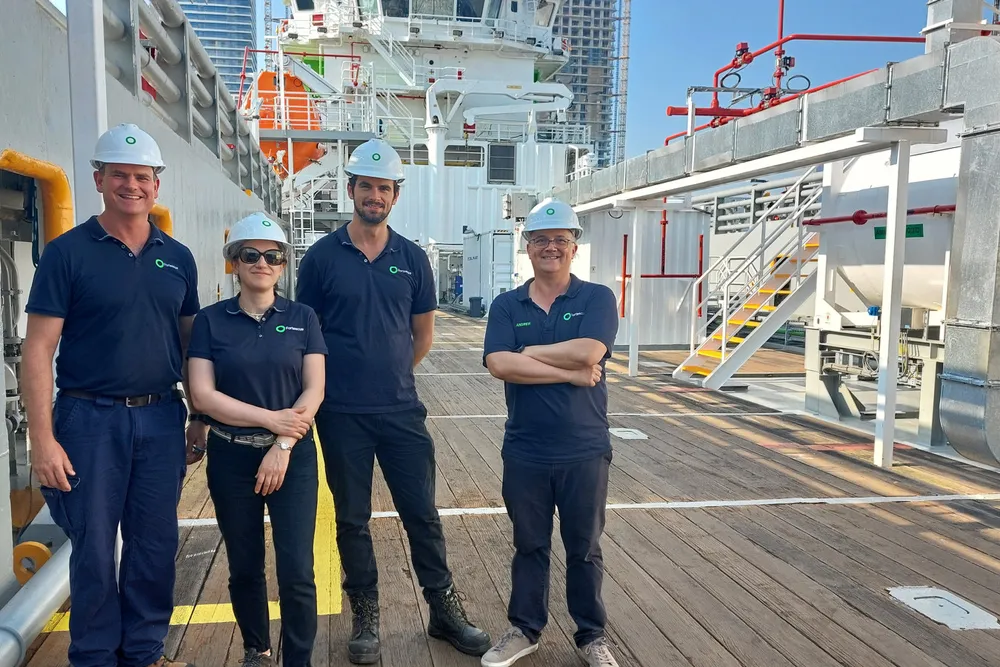In safe hands? Onboard the world’s first ammonia-powered ship, billionaire Andrew Forrest’s Green Pioneer
Fortescue engineers explain how the company is dealing with the dangers of using the hydrogen-based toxic fuel

Fortescue engineers explain how the company is dealing with the dangers of using the hydrogen-based toxic fuel
